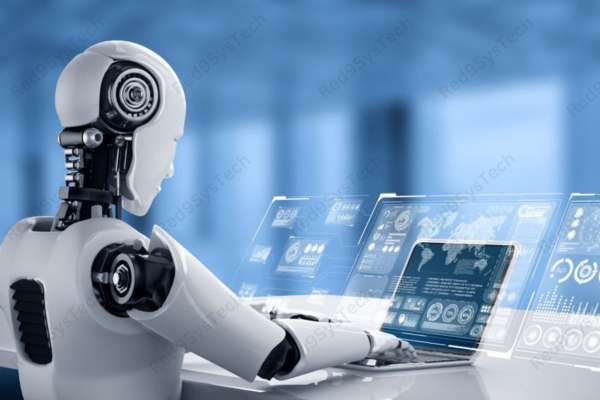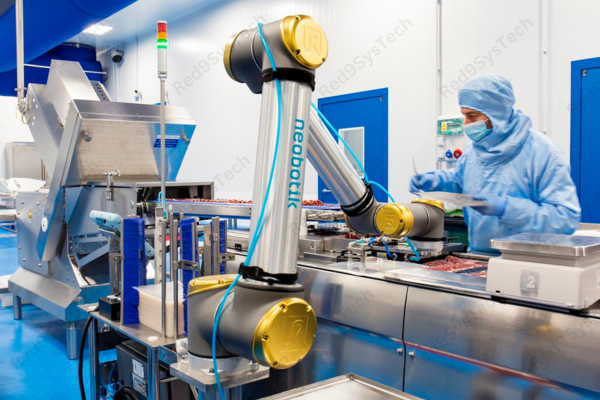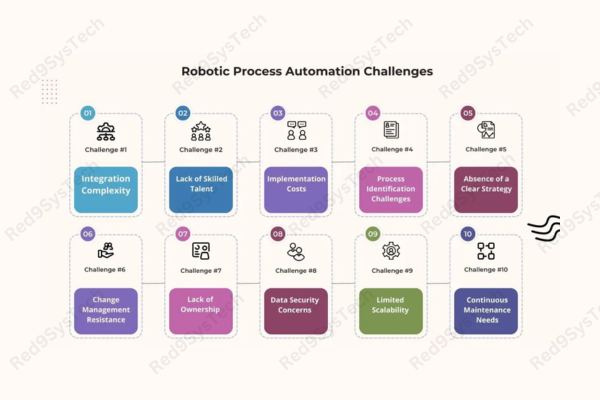Introduction: The Silent Revolution of Robotics and Automation
Imagine a world where machines not only assist but anticipate our needs, seamlessly integrating into various sectors to enhance efficiency and productivity. This isn’t a distant future—it’s our present, shaped by the transformative power of Robotics and Automation.
From manufacturing floors to healthcare facilities, and from agricultural fields to logistics hubs, robotics and automation are redefining operational paradigms. They are not just tools but partners in progress, enabling industries to achieve unprecedented levels of precision, speed, and efficiency.

Understanding Robotics and Automation
At its core, Robotics and Automation involves the use of machines and technology to perform tasks that were traditionally carried out by humans. These systems range from simple mechanized tools to sophisticated robots powered by artificial intelligence.
Key Components:
Robotics: Machines capable of carrying out complex actions automatically.
Automation: The technique of making processes operate automatically using control systems.
Together, they streamline operations, reduce human error, and allow for continuous production without fatigue.
Real-World Applications and Benefits
a. Manufacturing
In the manufacturing sector, automation has led to significant improvements in production efficiency and quality control. For instance, Siemens implemented robotic wire harness assembly, resulting in a 50% reduction in material waste and a 30% increase in production efficiency.
b. Healthcare
Robotic systems assist in surgeries, diagnostics, and patient care, enhancing precision and reducing recovery times. Automation in administrative tasks also allows healthcare professionals to focus more on patient care.
c. Agriculture
Automation in agriculture, such as robotic harvesters and drones, has revolutionized farming practices. A study on strawberry harvesting demonstrated that co-robots improved harvesting efficiency by around 10% and reduced non-productive time by 60%.
d. Logistics and Warehousing
Companies like Amazon have integrated over 750,000 robots into their operations, aiming to enhance efficiency and safety while addressing labor shortages. Their Vulcan robot, for example, is part of a long-term strategy to improve warehouse operations.
Read more Real World Application

Challenges and Considerations
While the benefits are substantial, it’s essential to approach robotics and automation with a critical eye:
Job Displacement: Automation can lead to workforce reductions in certain sectors, necessitating retraining and upskilling programs.
High Initial Investment: Implementing robotic systems requires significant upfront costs, which may be a barrier for small to medium enterprises.
Technical Challenges: Integrating new technologies into existing systems can be complex and may require specialized expertise.
Read more Challenges of Robotics and Automation

Future Outlook: The Evolution of Robotics and Automation
The integration of robotics and automation is poised to grow exponentially. Emerging trends include:
AI-Powered Robots: Machines capable of learning and adapting to new tasks, enhancing flexibility in operations.
Collaborative Robots (Cobots): Designed to work alongside humans, improving safety and efficiency.
Autonomous Vehicles: From delivery drones to self-driving cars, automation is set to revolutionize transportation.
As technology evolves, industries must adapt, focusing on areas where human intuition and creativity are irreplaceable.
Read more AI blogs
Conclusion: Embracing the Change
Robotics and automation are not about replacing humans but augmenting our capabilities. By embracing these technologies, industries can enhance productivity, improve quality, and focus on innovative solutions that drive progress.
For professionals and organizations, understanding and integrating robotics and automation is no longer optional—it’s a strategic imperative. As we stand on the cusp of this new era, the question isn’t whether to adopt these technologies, but how quickly we can do so to stay ahead.
Stay Update in Our Red9SysTech




